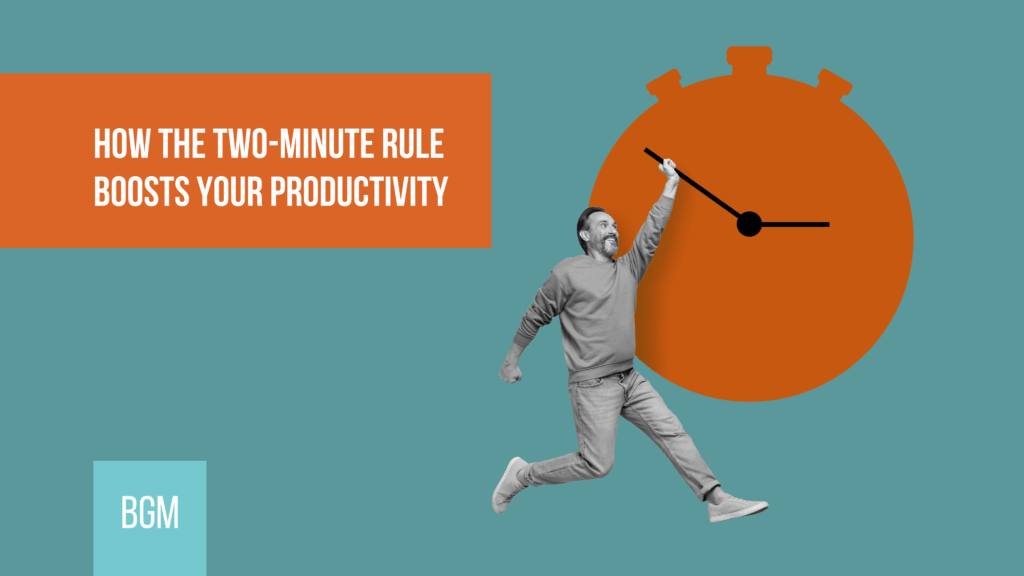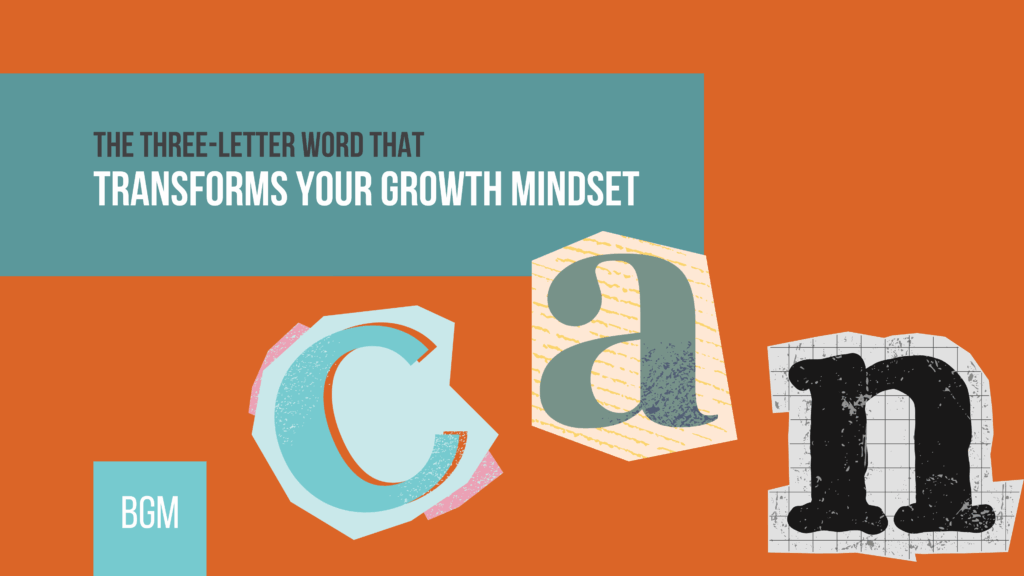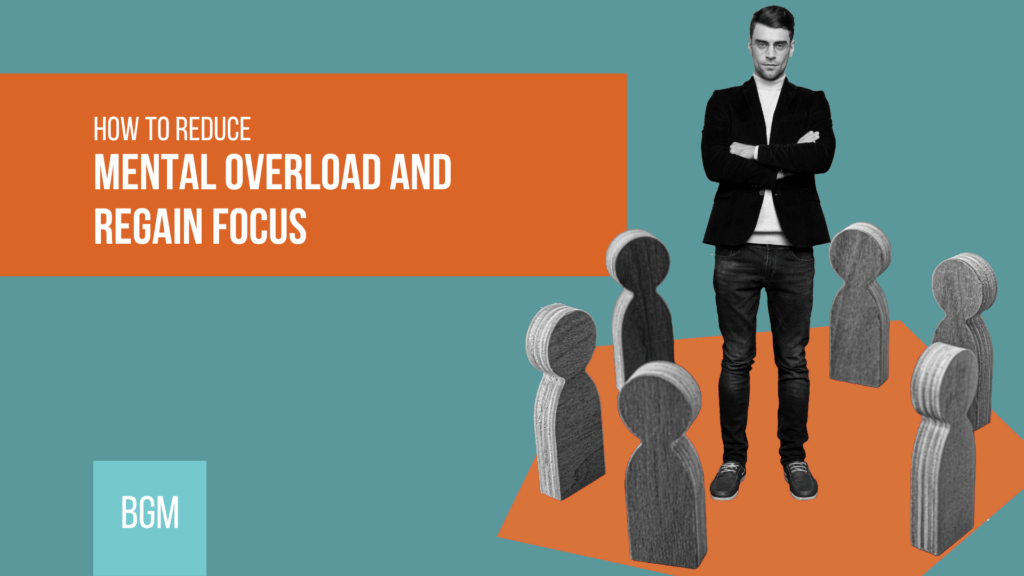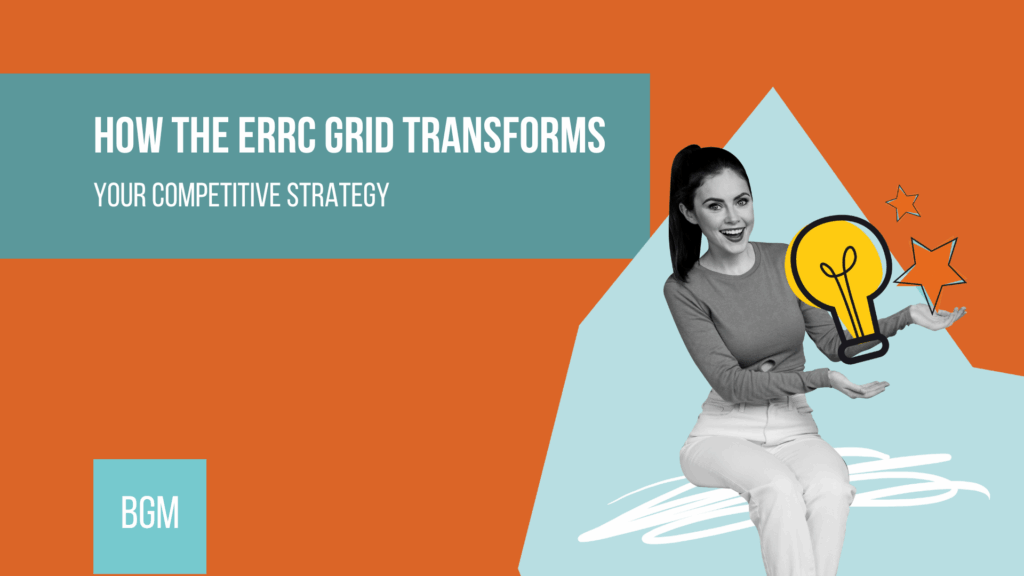Your email inbox has 47 unread messages. There’s a stack of documents waiting to be filed. Three quick phone calls sit on your mental to-do list. None of these tasks is difficult, but together they create a constant background hum of unfinished business that makes it harder to concentrate on what really matters.
What if there were a way to eliminate this mental overhead without sacrificing time for important work? The two-minute rule offers exactly that – a decision-making framework that helps you handle small tasks efficiently whilst protecting your focus for meaningful projects.
What Is The Two-Minute Rule And Why It Works
The two-minute rule is straightforward – if a task takes less than two minutes to complete, do it immediately rather than adding it to your to-do list or trying to remember it for later.
This principle comes from David Allen’s Getting Things Done methodology, but its effectiveness lies in basic psychology and time management principles. When you encounter a small task, you face a decision, handle it now or defer it. If you defer it, you create several hidden costs:
- Mental overhead – Your brain continues to track the unfinished task, using precious mental energy.
- Administrative burden – Writing it down, scheduling it, and managing it takes time.
- Context switching costs – Returning to the task later requires rebuilding your understanding of what needs to be done.
- Compound delays – Small tasks often become more complex when left unattended
The two-minute threshold is carefully chosen. It’s long enough to handle meaningful small tasks but short enough that the interruption won’t derail your current focus.
Why This Approach Reduces Procrastination
Procrastination often stems from the psychological weight of accumulated tasks rather than the difficulty of individual items. When your mental to-do list grows longer, each addition increases the overall sense of overwhelm, making it harder to start anything.
The two-minute rule attacks procrastination at its source by preventing the accumulation of small tasks that create this overwhelming feeling.
Immediate completion creates momentum. Each small task you finish provides a sense of accomplishment and forward progress. This psychological boost makes it easier to tackle the next item, whether it’s another two-minute task or something more substantial.
It eliminates decision fatigue around small items. When you know that anything under two minutes gets done immediately, you don’t waste mental energy debating when to handle it. The decision is automatic, freeing your cognitive resources for more important choices.
It prevents small tasks from growing larger. Many tasks become more complex when delayed. A quick clarifying email sent immediately prevents a longer explanation later. Filing a document when you first handle it avoids the time-consuming search when you need it again.
It builds a bias toward action. Regularly completing small tasks trains your brain to default toward doing rather than deferring. This habit of immediate action can extend to larger projects as well.
Applying The Two-Minute Rule To Larger Projects
Whilst the two-minute rule specifically targets small tasks, its principles can be adapted to help with larger projects that might otherwise feel overwhelming.
Break projects into two-minute components
Instead of writing “Complete marketing plan” on your to-do list, identify specific two-minute actions: “Draft three headline options,” “Find competitor website examples,” or “Email Sarah for budget parameters.” Each completed component builds momentum toward the larger goal.
Use two-minute starts to overcome inertia
Often, the hardest part of any project is the beginning. Commit to spending just two minutes on a large project, perhaps reading the first page of a document or outlining three main points. This minimal commitment often leads to continued work once you’ve started.
Create two-minute reviews
Regularly spend two minutes reviewing the status of larger projects. This keeps them visible in your mind and helps you identify the next small action you can take.
Apply the rule to communication about big projects
Send quick status updates, ask clarifying questions, or schedule necessary meetings immediately when they occur to you. These brief communications keep large projects moving forward.
Making The Two-Minute Rule Work In Practice
Like any productivity system, the two-minute rule requires thoughtful implementation to be effective.
Develop accurate time estimation
Initially, you may misjudge how long tasks actually take. Start by timing yourself on various activities to calibrate your sense of what can be accomplished in two minutes. Common two-minute tasks include: sending brief emails, filing documents, making quick phone calls, updating calendars, or organising your desk.
Protect your focused work time
The two-minute rule shouldn’t interrupt deep work sessions. When you’re engaged in important, focused work, capture small tasks for later processing rather than handling them immediately. Set aside specific times during the day for processing your accumulated two-minute tasks.
Create supporting systems
Have the tools and information you need readily available. If sending emails requires logging into multiple systems, or if filing documents means searching for the right folder, these tasks will take longer than two minutes. Streamline your systems to enable quick task completion.
Distinguish between urgent and important
Not every two-minute task deserves immediate attention. If someone emails requesting information you can provide quickly, but the request isn’t time-sensitive, you might choose to batch these responses rather than handling them individually.
Common Pitfalls To Avoid
Don’t let two-minute tasks derail important work
If you’re in the middle of strategic thinking or creative work, capturing the task for later is better than immediate completion.
Avoid expanding the time limit
Tasks that take five or ten minutes aren’t two-minute tasks, even if they feel quick. Stick to the limit to maintain the system’s effectiveness.
Don’t mistake busy work for productivity
Completing many small tasks can feel productive, but make sure you’re also making progress on your most important objectives.
Resist the urge to batch everything
Some small tasks are truly better handled immediately, especially those that prevent future complications or delays.
The Compound Effect Of Small Actions
The two-minute rule’s real power lies not in any individual task completion but in the compound effect of consistently handling small items immediately. Over weeks and months, this practice creates several significant benefits.
Your mind becomes clearer because it’s not constantly tracking small, undone tasks. Your workspace becomes more organised because you handle filing and organisation immediately. Your relationships improve because you respond to communications promptly. Your projects move forward more smoothly because small maintenance tasks don’t accumulate into larger problems.
Most importantly, you develop a bias toward action that extends beyond two-minute tasks. When you regularly experience the satisfaction of immediate task completion, you become more willing to tackle larger challenges as well.
Building Your Two-Minute Habit
Start by identifying the types of small tasks that regularly appear in your work and personal life. For one week, simply notice how many tasks you encounter that could be completed in two minutes or less. This awareness will help you recognise opportunities to apply the rule.
Then begin implementing the rule selectively.
Choose one category of small tasks, perhaps email responses or document filing and commit to handling these immediately when possible. As this becomes automatic, expand to other categories.
Remember that productivity isn’t about being busy. It’s about making meaningful progress with less stress and mental clutter. The two-minute rule helps achieve both by ensuring that small tasks don’t become large obstacles to your most important work.
Thank you for being part of our Business Life community. If there’s a topic you’d like us to explore in future newsletters, we’d love to hear from you. Let’s keep making progress, one small action at a time.
Live with purpose,
Kristian Livolsi and the Business Growth Mindset Team




